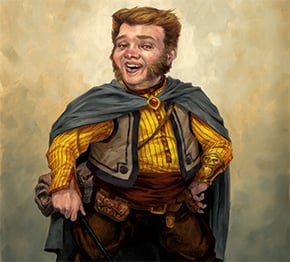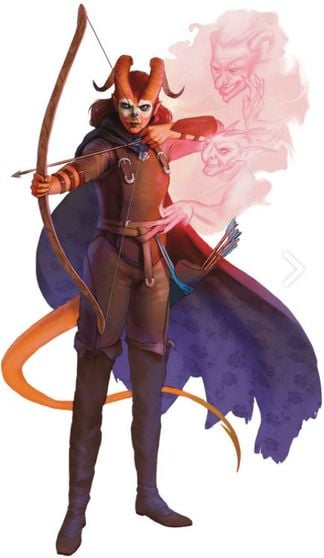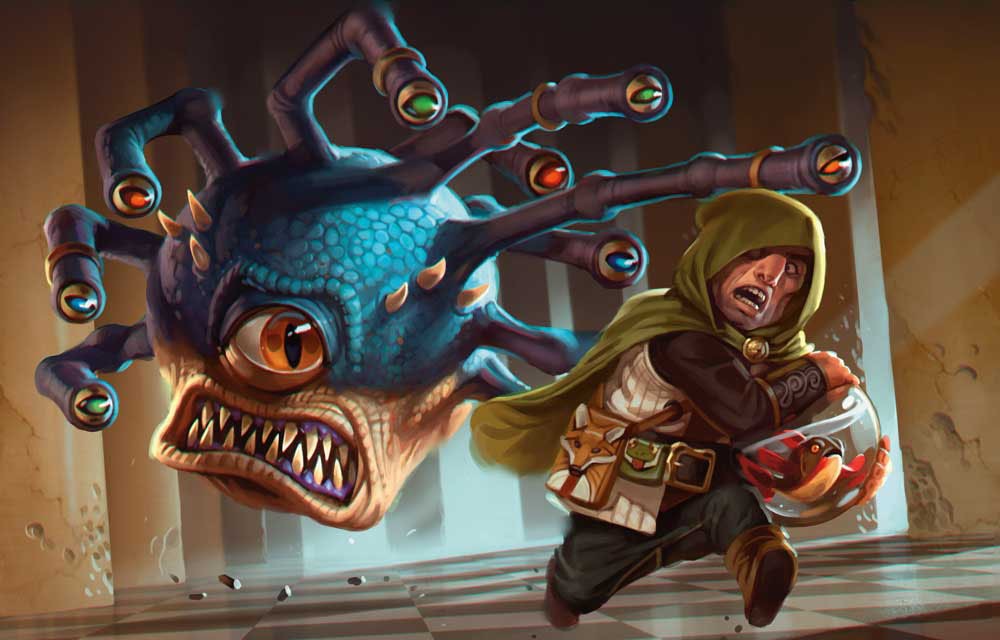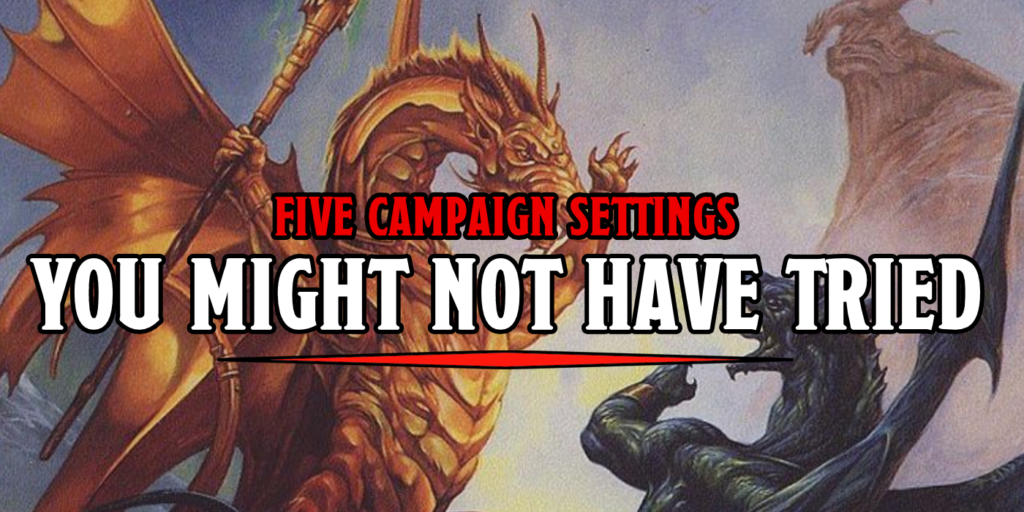D&D: More Sneak, Less Attack – It’s the ‘Expert Classes’ Rogue
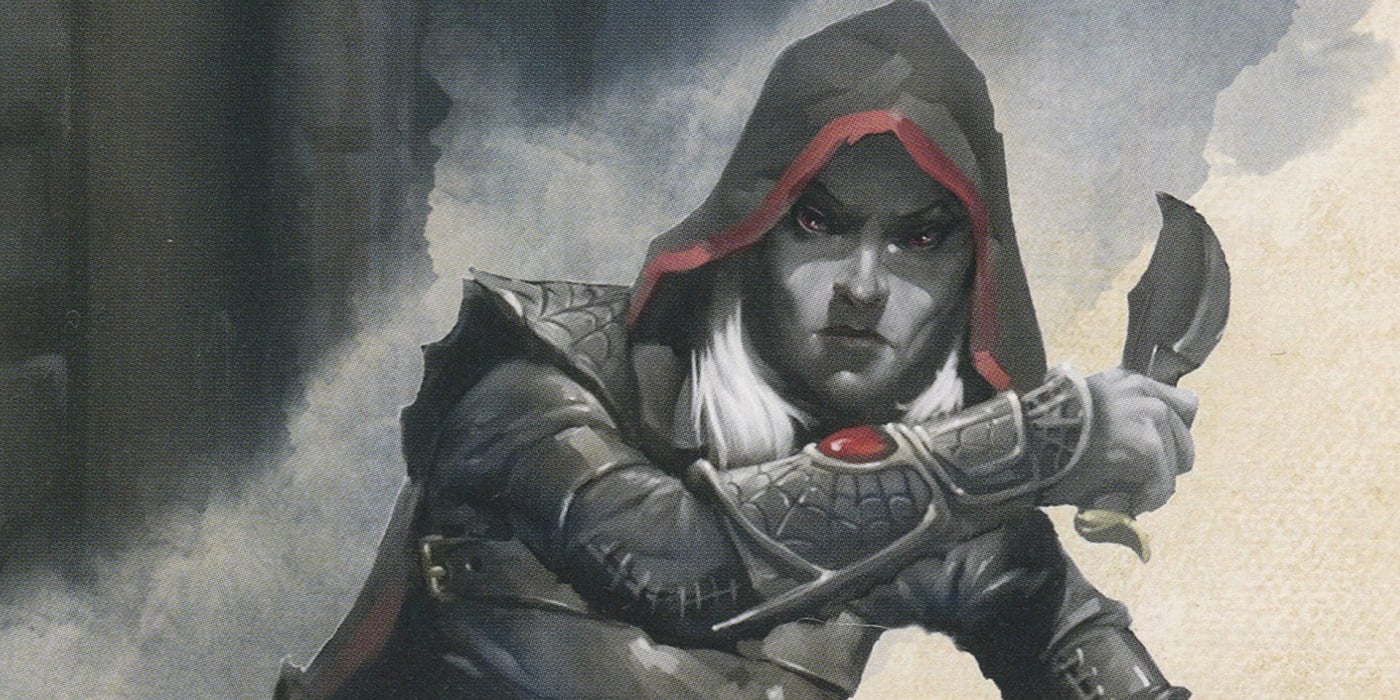
The latest One D&D playtest means big changes, not all of them pleasant, for Rogues. Check out what’s new with the Expert Classes Rogue.
In the Expert Classes Unearthed Arcana, Bards, Rangers, and Rogues prove their expertise. But how do the masters of skills and shadows measure up to the other two highly skilled classes now? The Expert Classes Rogue carves out a new niche for skulks and sneak-thieves.
Is it all it’s cracked up to be? Or have Rogues gone rogue in the newest playtest? See for yourself.
Expert Classes Rogue – Sneak Attack Nerf is One Way to Start a Playtest
Sometimes you wake up and choose violence. We’ve all been there. And that’s what WotC has done with a subtle but strong nerf to Sneak Attack:
Once on each of your turns when you take the Attack Action, you can deal extra damage to one creature you hit with an Attack roll if you’re attacking with a Finesse Weapon or a Ranged Weapon […]
Compare that to the previous iteration of Sneak Attack which triggered once each turn when you hit with an attack. The distinction here is important. Rogues used to be able to also deal Sneak Attack damage on hits like Opportunity Attacks. And Arcane Trickster Rogues or other magic-user multiclass Rogue builds that used everyone’s favorite cantrips: Green Flame Blade and Booming Blade to both deal magic damage and also make an attack, can no longer count on having Sneak Attack damage with those, since again, you’re technically not taking the Attack Action.
Subtle, but strong enough to change the way an Expert Classes Rogue plays. No more using Haste to get two guaranteed Sneak attacks per round. But, other than that, the first five levels of Expert Classes Rogue are identical to the 5E version. Starting at 7th level we see more of the stretching out that Bards and Rangers have exhibited so far.
Evasion used to be the big standout feature of 7th level. Now it’s been bumped to 9th level, but is otherwise the same.
Teamwork Makes the Dream Work
Higher-level Rogues are also very similar to 5E rogues with two exceptions. At 13th level they gain the equivalent of Kobold Pack Tactics, granting them advantage on any Attack Roll against a creature within 5 feet of at least one of your active allies. They give up the Blindsense feature they used to have. But other than that, Rogues are Rogues.
It’s a testament to how much work the various subclass features were doing to help distinguish the core playstyles of Rogues. It will be interesting to see if that variety and versatility carry through now that every class gets more Subclass Features across an even spread.
Expert Classes Rogue Subclass – The Thief
The Thief is the “Champion Fighter” of Rogues. It’s the basic, beginner-friendly version that just improves on what Rogues are meant to naturally do.
As such they’re experts at being sneaky and stealing things. Though the subclass is largely the same, there are some key differences.
Perhaps most notable: Fast Hands no longer includes Use an Object as a bonus action option. Instead, it includes the Search Action, meaning you can look for hidden creatures as a bonus action, which is how most people played anyway. If they even went that far.
Second Story Work gets a subtle buff. You now gain a Climb Speed and can Jump with your Dexterity instead of Strength. And Supreme Sneak now comes at level 6, and when you get it, you gain advantage on Stealth checks as long as you’re not wearing Medium or Heavy Armor. Which is huge for them.
Use Magic Device functions off of a skill check. This means with Reliable Talent, you can effectively cast 9th level spells (from scrolls) a full 6 levels before anyone else can even make the attempt.
All in all, not bad for a sneak, but Rogues feel a bit lackluster in comparison to the magical Experts. What do you think? Let us know in the comments

